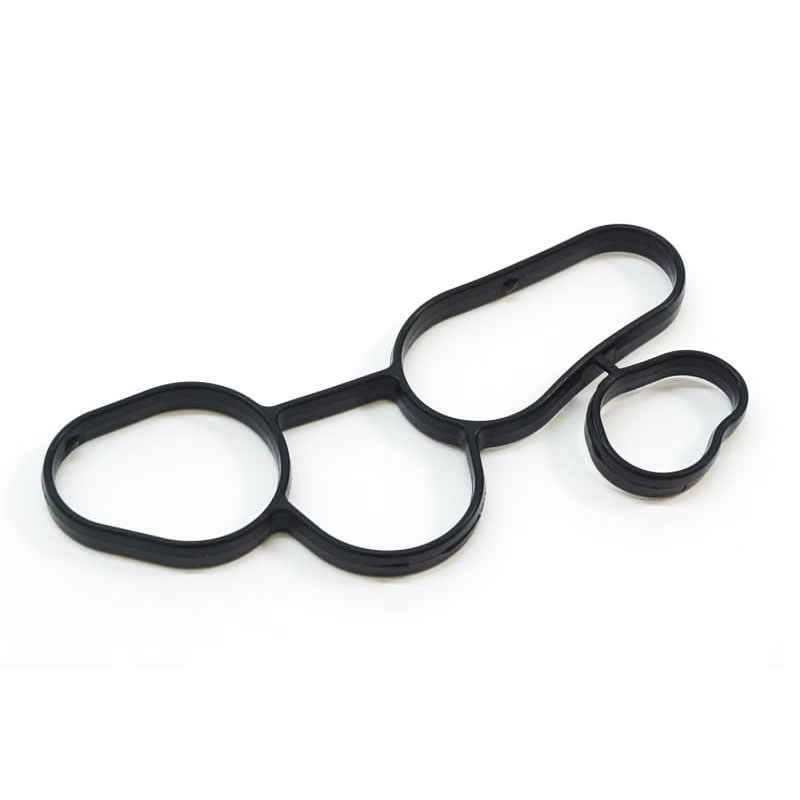drive shaft oil seals
Understanding Drive Shaft Oil Seals Their Importance and Maintenance
Drive shaft oil seals play a vital role in the smooth functioning of vehicles. These small yet critical components are designed to prevent leaks of lubricating oil from the drive shaft assembly while keeping contaminants such as dirt and moisture out. A properly functioning oil seal ensures that the machinery operates efficiently, thereby enhancing the longevity and performance of the vehicle's drivetrain.
What Are Drive Shaft Oil Seals?
Drive shaft oil seals are cylindrical devices made from durable rubber or other synthetic materials. They are installed at the points where the drive shaft connects to various components, such as the differential and the transmission. Their primary purpose is to provide a tight seal around the rotating drive shaft while allowing for the necessary movement that occurs during operation. This dynamic sealing prevents oil from escaping and prevents any contaminants from entering.
Importance of Drive Shaft Oil Seals
The significance of drive shaft oil seals extends beyond merely preventing leaks. Here are a few critical reasons why they are indispensable
1. Lubrication Maintenance The oil within the drivetrain is crucial for lubrication. It reduces friction between moving parts, thereby minimizing wear and tear. A compromised oil seal can lead to a loss of lubrication, which can result in catastrophic drivetrain failure.
2. Contaminant Protection The environment around a vehicle can be harsh. Dust, dirt, water, and other debris can easily infiltrate the drivetrain if the seals fail. Effective oil seals help maintain a clean and lubricated environment, preventing damage to other components.
3. Fuel Efficiency When oil leaks occur, the vehicle may not perform as efficiently, which can lead to increased fuel consumption. By ensuring that the oil remains within the system, seals contribute to optimal fuel efficiency.
4. Cost-Effective Maintenance While replacing oil seals may involve some labor costs, it is significantly less expensive than dealing with the consequences of a failed drive shaft or damaged differential. Taking preventative measures to maintain oil seals is a smart long-term strategy for vehicle owners.
Signs of Worn or Failed Oil Seals
Like any mechanical component, drive shaft oil seals may wear out over time. It is essential to be aware of the signs of their failure
drive shaft oil seals

- Oil Leaks The most obvious indicator of a faulty oil seal is the presence of oil leaks under the vehicle. - Unusual Noises A failing drive shaft can produce whining or grinding noises, particularly during acceleration or turns.
- Decreased Performance If the vehicle seems sluggish or is experiencing difficulties in handling, it could be because the oil is not effectively lubricating the drivetrain due to a compromised seal.
- Visual Inspection Regularly checking the drive shaft and surrounding areas for signs of oil seepage or wear can help catch issues early
.Maintenance and Replacement
For vehicle owners, maintaining drive shaft oil seals is relatively straightforward but requires attention to detail. Regular inspections during routine maintenance can help identify any early signs of wear. If an oil leak is found, it's crucial to have the seals replaced promptly.
The replacement process typically involves
1. Removing the Drive Shaft This requires safely lifting the vehicle and disconnecting the drive shaft from its respective components.
2. Removing Old Seals Using appropriate tools, the worn-out seals can be carefully removed without damaging the surrounding surfaces.
3. Installing New Seals The new oil seals must be installed with precision, ensuring they are seated correctly to prevent future leaks.
4. Reassembling the Drive Shaft After the seals are in place, the drive shaft is reattached to the vehicle’s drivetrain.
Conclusion
Drive shaft oil seals are small yet integral components that ensure the smooth operation of a vehicle's drivetrain. By preventing oil leaks and protecting against contaminants, they provide essential lubrication and maintain efficiency. Regular inspection and timely replacement of these seals are key to avoiding costly repairs and keeping your vehicle running at its best. Proper maintenance not only prolongs the life of the seals themselves but also enhances the overall performance of your vehicle.
-
Understanding the Front Main Engine Seal: Purpose, Maintenance, and Installation
News Jul.29,2025
-
Understanding O-Rings and Seal Rings: Types, Applications, and Custom Solutions
News Jul.29,2025
-
Understanding Crankshaft Oil Seals: Rear Seals, Pulley Seals, and Their Role in Engine Integrity
News Jul.29,2025
-
The Importance of Front and Rear Crankshaft Seals in Engine Performance and Oil Management
News Jul.29,2025
-
Crank Oil Seals: Functions, Types, and Cost Considerations in Engine Maintenance
News Jul.29,2025
-
A Comprehensive Guide to O-Rings and Seals: Types, Materials, and Global Applications
News Jul.29,2025
-
Mastering Diesel and Performance Engine Maintenance: A Guide to Critical Oil Gaskets
News Jul.28,2025
Products categories















